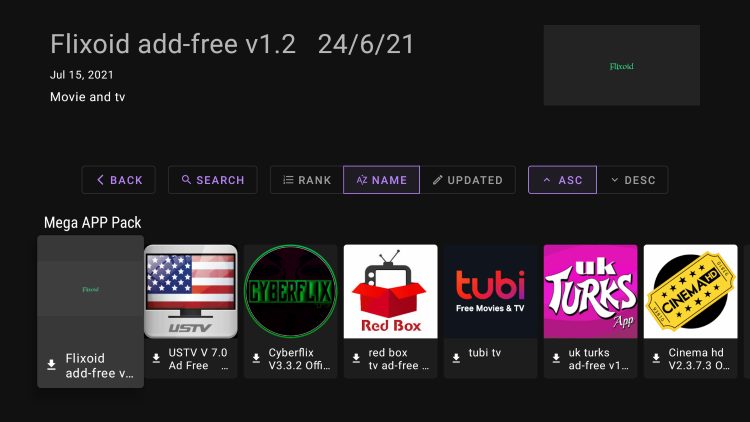Unlinked Codes and Pins 2022

In the ever-evolving digital landscape of the 21st century, the security of personal information and sensitive data remains a paramount concern for individuals and organizations alike. Among the myriad of tools and techniques utilized to safeguard information, unlinked codes and pins have emerged as a notable strategy, offering a delicate balance between security and convenience. As we delve into 2022, it’s crucial to examine the role of unlinked codes and pins in contemporary digital security frameworks.
Unlinked codes and pins, often referred to simply as “codes” or “pins,” are unique alphanumeric sequences used to authenticate users and authorize access to various systems, accounts, or resources. Unlike traditional linked codes, which are directly tied to specific accounts or identifiers, unlinked codes are independent entities that are not directly associated with any particular user or account. This distinction forms the foundation of their utility and effectiveness in enhancing security measures.
Navigating the Landscape
One of the primary advantages of unlinked codes lies in their inherent resistance to common cyber threats such as phishing attacks and data breaches. Since these codes are not tied to any identifiable information, they cannot be easily exploited by malicious actors seeking unauthorized access to personal or sensitive data. Even in the event of a security breach or compromise, the isolated nature of unlinked codes helps mitigate the potential impact by limiting the exposure of sensitive information.
Furthermore, unlinked codes offer enhanced flexibility and scalability in managing authentication processes across diverse digital environments. Unlike traditional authentication methods that rely on centralized databases or servers to validate credentials, unlinked codes can be generated and verified locally, minimizing dependencies on external infrastructure. This decentralized approach not only reduces the risk of single points of failure but also enables seamless integration with various platforms and devices, fostering interoperability and ease of use.
In the realm of consumer-facing applications and services, unlinked codes have gained traction as a convenient alternative to traditional password-based authentication systems. With the proliferation of mobile devices and the growing demand for frictionless user experiences, the simplicity and versatility of unlinked codes have positioned them as a preferred authentication mechanism for a wide range of applications, from banking and e-commerce to social media and entertainment platforms.
A Look into Security
Moreover, the anonymity afforded by unlinked codes aligns with the principles of privacy and data protection, offering users greater control over their personal information and digital identities. By decoupling authentication credentials from user profiles and account databases, individuals can engage with online services and platforms without compromising their privacy or exposing themselves to unnecessary risks. This anonymity not only enhances user trust and confidence but also fosters a more inclusive and equitable digital ecosystem.
However, despite their numerous benefits, unlinked codes are not without challenges and limitations. One notable concern is the potential for abuse or misuse of unlinked codes in illicit activities such as fraud, identity theft, or cybercrime. Since these codes lack direct ties to specific individuals or accounts, they can be exploited by malicious actors to conceal their identities and evade detection, posing significant challenges for law enforcement and regulatory authorities.
Convenience in 2022
Furthermore, the decentralized nature of unlinked codes can complicate the process of auditing and monitoring authentication activities, making it difficult for organizations to detect and respond to suspicious behavior effectively. Without comprehensive visibility into authentication events and associated user activities, organizations may struggle to identify potential security threats or compliance violations, exposing themselves to greater risks and liabilities.
To address these challenges and maximize the effectiveness of unlinked codes, organizations must adopt a holistic approach to security that encompasses robust authentication mechanisms, proactive threat detection, and adaptive risk management strategies. By implementing multi-factor authentication protocols, leveraging advanced analytics and machine learning algorithms, and fostering collaboration and information sharing within the cybersecurity community, organizations can enhance the security posture and resilience of their digital infrastructure against evolving threats and vulnerabilities.
Conclusion
Unlinked codes and pins represent a promising frontier in the ongoing quest for robust and user-centric security solutions in 2022 and beyond. By offering a unique blend of security, convenience, and privacy, unlinked codes empower individuals and organizations to navigate the complexities of the digital landscape with confidence and peace of mind. However, realizing the full potential of unlinked codes requires a concerted effort from all stakeholders to address emerging challenges, foster innovation, and uphold the principles of trust, transparency, and accountability in the digital age.




